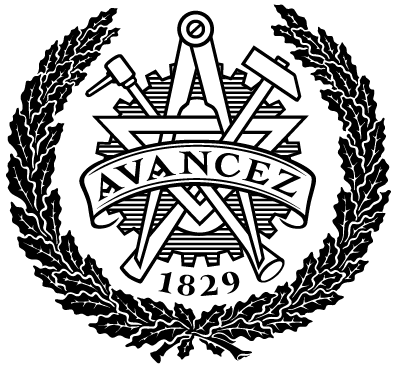DApp Revolution : An Investigation into the Nature and Business Models of Web 3.0 Decentralized Applications
Ladda ner
Publicerad
Författare
Typ
Examensarbete för masterexamen
Modellbyggare
Tidskriftstitel
ISSN
Volymtitel
Utgivare
Sammanfattning
In the early days of the internet, the main offered usability were read-only websites. The first
generation of the internet, web 1.0, consisted of Encyclopedia-type sites where users could take
part of content but not contribute in any way. Web 2.0, the next generation, has for many years
now offered users the possibility of not only reading, but also writing. Users taking part in the
content creation, on sites such as Wikipedia, have rapidly increased the amount of content,
interactions, and value created online. The rapid growth has been accelerated by companies
using platform business models (platforms), establishing themselves in the middle of the
interactions to act as facilitators and lower barriers between users. Despite not performing any
of the actual value creation, the platform business models enable the platforms to keep a lot of
the value while keeping costs very low.
Now, we are at the dawn of the new web 3.0 generation. One of the main technologies of
this generation is the blockchain technology, which enables decentralized and transparent
solutions. The blockchain movement has been viewed as quite ideologist, often claiming to give
the power back to the users. While web 2.0 platforms monopolize the value created online,
despite most of it being created by users, web 3.0 allows users to not only read and write, but
also own. The technology has led to the development of a new type of interaction facilitator:
the decentralized applications (dApps).
This thesis investigates how the nature and business model of dApps compare to web 2.0
platforms. How are they similar/different? Starting off in a simplified version of the Platform
Revolution framework, the focus lies on seven models: network effects, openness, architecture,
monetization, governance, launch, and metrics. After testing the models on four dApps, we find
that all the models need to be considered for dApps as well, but in adapted versions. Based on
the considered blockchain characteristics, there is also a need to add two additional models:
decentralization and tokenization.
Beskrivning
Ämne/nyckelord
business, management, business model, web 2.0, web 3.0, platform, blockchain, dApp, decentralized applications, network effects, openness, governance, digital architecture, monetization, tokenization, decentralization
